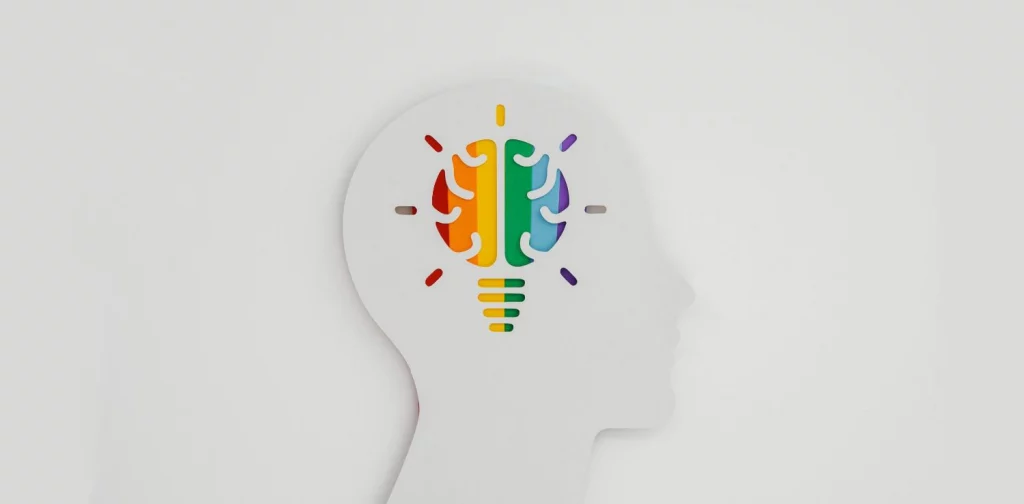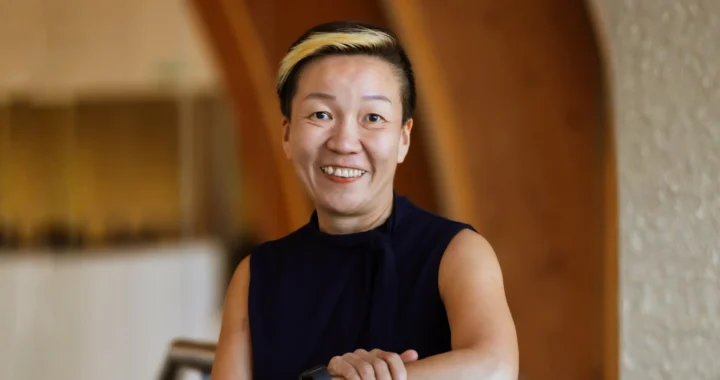Neurodiversity Movement: Embracing Autism Acceptance & Inclusion

Photo: Freepik.
Autism is a spectrum of lifelong neurological conditions that affects someone’s cognition, communication, and interaction. Every year, we celebrate Autism Awareness Day on April 2. There has been a shift in the approach to autism and autism awareness. More than awareness, the neurodiversity movement leads to autism acceptance and inclusion.
Neurodiversity Movement
Neurodiversity is the concept that people experience, process, and interact with the world in infinitely different ways. The term was first used by sociologist Judy Singer and further popularized by journalist Harvey Blume in the 90s. Then, this idea sparked the neurodiversity movement.
The neurodiversity movement is a social justice movement aiming for acceptance and inclusivity that embraces neurological differences. The movement builds on the social model of disability, in which disability results from the systemic and social barriers in society and not one’s inherent impairment or difference. It sits opposite from the pathological paradigm, the biomedical view that these differences – including autism – are something to reduce and correct.
Some autistic self-advocates in the neurodiversity movement propose a middle way, treating harmful traits, behaviors, or conditions and embracing the non-harmful, adaptive ones. Overall, the neurodiversity movement calls for acceptance instead of a cure.
Awareness or Acceptance?
World Autism Awareness Day was first celebrated in 2008 following a resolution from the United Nations. Some activists propose the change from ‘awareness’ to ‘acceptance’ as the world increasingly embraces neurodiversity. In 2023, the theme for World Autism Awareness Day focuses on the contributions of autistic people at home, at work, in the arts, and in policymaking.
While there is no official name change, the UN’s statement for World Autism Awareness Day 2023 echoes the sentiment. It said, “We are moving away from the narrative of curing or converting autistic people and instead focusing on accepting, supporting, and including autistic people, and advocating for their rights.”
Autism Acceptance & Inclusion
Autistic individuals still largely face discrimination. The barriers that prevent them from leading long, meaningful lives remain prevalent. For instance, autistic people are a vulnerable group, yet left out and unaddressed in most climate action plans and commitments. There is still a long way toward acceptance and inclusion in education and the workplace.
Creating a better future for people and the planet with sustainable development requires participation from everyone with the spirit of leaving no one behind. Therefore, the active inclusion of autistic individuals is essential as both contributors and protected groups. Researchers, health professionals, educators, businesses, policymakers, communities, and friends can and should take part in promoting diversity, equity, and inclusion.

Join Green Network Asia Membership
Amidst today’s increasingly complex global challenges, equipping yourself, team, and communities with interdisciplinary and cross-sectoral insights on sustainability-related issues and sustainable development is no longer optional — it is a strategic necessity to stay ahead and stay relevant.
Join Now
Nazalea Kusuma
Naz is the Manager of International Digital Publications at Green Network Asia. She is an experienced and passionate writer, editor, proofreader, translator, and creative designer with over a decade of portfolio. Her history of living in multiple areas across Southeast Asia and studying Urban and Regional Planning exposed her to diverse peoples and cultures, enriching her perspectives and sharpening her intersectionality mindset in her storytelling and advocacy on sustainability-related issues and sustainable development.


 Weaving the Thread Between the Last Elephant and the Floods in Sumatra
Weaving the Thread Between the Last Elephant and the Floods in Sumatra  Bringing Buried Rivers Back to Life Through Daylighting
Bringing Buried Rivers Back to Life Through Daylighting  Prescribing Beyond Profit for CEOs’ Anxiety
Prescribing Beyond Profit for CEOs’ Anxiety  An Interview with May Tan-Mullins, CEO and Provost of University of Reading Malaysia
An Interview with May Tan-Mullins, CEO and Provost of University of Reading Malaysia  An Interview with Eu Chin Fen, CEO of Frasers Hospitality
An Interview with Eu Chin Fen, CEO of Frasers Hospitality  The UK Government’s Funding Package Plan to Tackle Youth Unemployment
The UK Government’s Funding Package Plan to Tackle Youth Unemployment